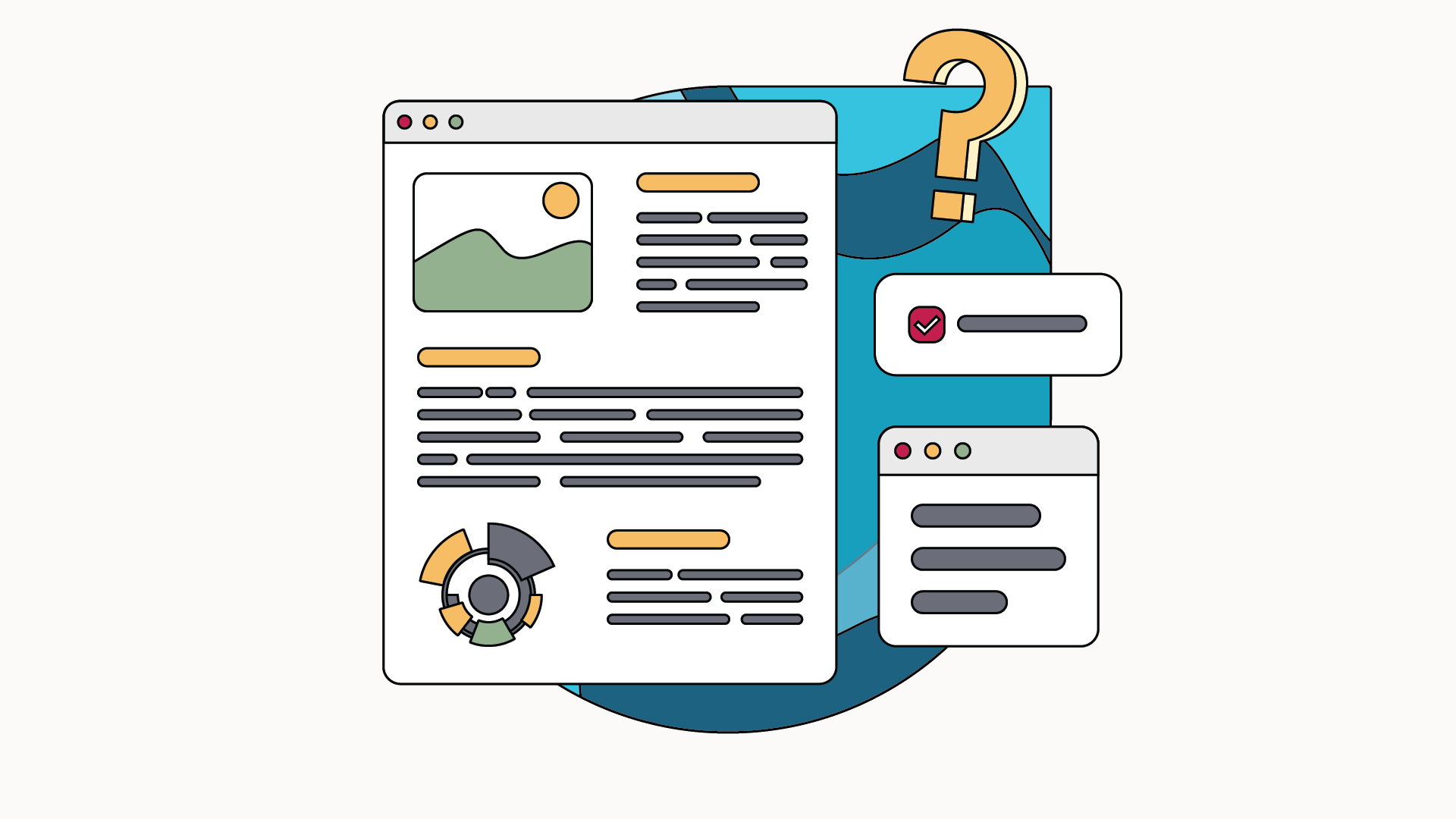Training in person and training in Blended Learning are two different jobs. Who says new ways of learning says new ways of practicing the profession of trainer, whether in a company, in a training center, at the university or at Madame Simone's knitting course (a woman always at the forefront of progress). Integrating digital tools into the training course requires the preparation of trainers. For blended learning training to be a success, it is therefore necessary to ensure that the trainers have acquired a certain number of prerequisites essential for this type of training beforehand.
A set of factors is at the origin of the difficulties in implementing blended learning. Besides the lack of experience with The different types of blended learning, we count the lack of trust, competence and accessibility to resources for trainers. Many of them are therefore applying traditional teaching techniques, although they are not necessarily adapted to new training methods. In order to prepare trainers for blended learning, certain steps are essential.
Step 1: changing the trainer's posture
In a context of blended learning, the trainer is called upon to go beyond his role as a teacher. He must also develop the capacity as an educational designer but also and above all a role as a training facilitator. To prepare a trainer for blended learning, understanding this change in posture, where the trainer acquires a connector role, is crucial. To do this, it has tools that make it possible to solicit learners and their commitment, such as quizzes, surveys and support them throughout the training course by chat or via forums. This preparation stage is equivalent to getting rid of the reflexes of face-to-face training in order to take on the role of tutor. Thus, Ms. Simone can give feedback to her learners, which would be a good thing if she did not systematically declare “I wouldn't have done it like that”. We agree that it is completely unbearable.
-> What actions should be put in place?
1 - Invite the trainer to follow a blended learning course himself
2 - Test the courses in conditions with the trainer to adjust
Step 2: Master the training modalities
Blended training takes place over a different timeframe than traditional training courses. The former can be divided over time and alternating synchronized and asynchronous parts, while the latter are most often concentrated over a limited period of time., half-day, full day, week, etc. The educational process is therefore different as well as its sequencing and the ways of interacting. In the same way, blended learning can introduce a different way of collecting feedback, especially in personalized follow-up with learners which can also be spread over a different, synchronous and asynchronous temporality. Madame Simone's students prefer asynchronous exchanges because she listens to Tino Rossi live and it's a bit irritating.
-> What actions should be put in place?
1 - Train trainers in e-learning and blended learning engineering
2 - Include them in the definition of blended learning training courses
Step 3: Mastering the technology
Who says blended learning says use digital tools, both during synchronous training sequences (in person) and asynchronous sequences (at a distance). Mobile learning and micro learning for preparation or revision sequences, interactive surveys during the synchronous training period, easy storage of documents to share with learners, produce co-constructed documents in a synchronous session... To prepare, trainers must have an exhaustive knowledge of the tools at their disposal to facilitate the training at all its stages. For this, a monitoring and learning phase is essential, so that trainers become familiar with their future work tools. Madame Simone even tested the vr, but knitting a virtual scarf sucks, because once you complete the module you always feel cold.
-> What actions should be put in place?
1 - Integrate trainers into the benchmarking of training tools
2 - Train trainers in the tools essential for blended learning
Step 4: Manage excess work
Training courses that take place over a different timeframe require the trainer to commit themselves over a longer period of time. In traditional training conditions, the trainer is mobilized in preparation for and for the duration of the training only. In blended learning conditions, programs can last for periods of up to 1 month or more, during which time trainers can be called upon at any time, for example for questions via chat or forum. In addition, digital content requires regular updating. For Madame Simone, at random, this means keeping a very tight schedule to take care of her knitting students and her YouTube channel on glassblowing.
-> What actions should be put in place?
1 - Set up e-learning tools that allow training content to be updated easily
2 - Favour an iterative approach to content, with a test and learn approach that makes it possible to improve content over time
Step 5: Understand the importance of data
Digital tools and platforms make it possible to track and analyze training data. Absenteeism, evaluation results... The data also makes it possible to identify modules that have not been completed, concepts that learners have difficulty assimilating, etc. In blended learning, data is a valuable asset for adjusting the content of training, its course and the articulation of face-to-face or asynchronous sequences. And Madame Simone agrees with this message. A bit too much, even, since she has a tendency to hack her learners' webcams to see if one isn't picking their nose. Don't say it again, it's her little secret.
-> What actions should be put in place?
1 - Raise awareness among trainers about tracking and interpreting data
2 - Set up a reporting system to assess and adjust training courses




